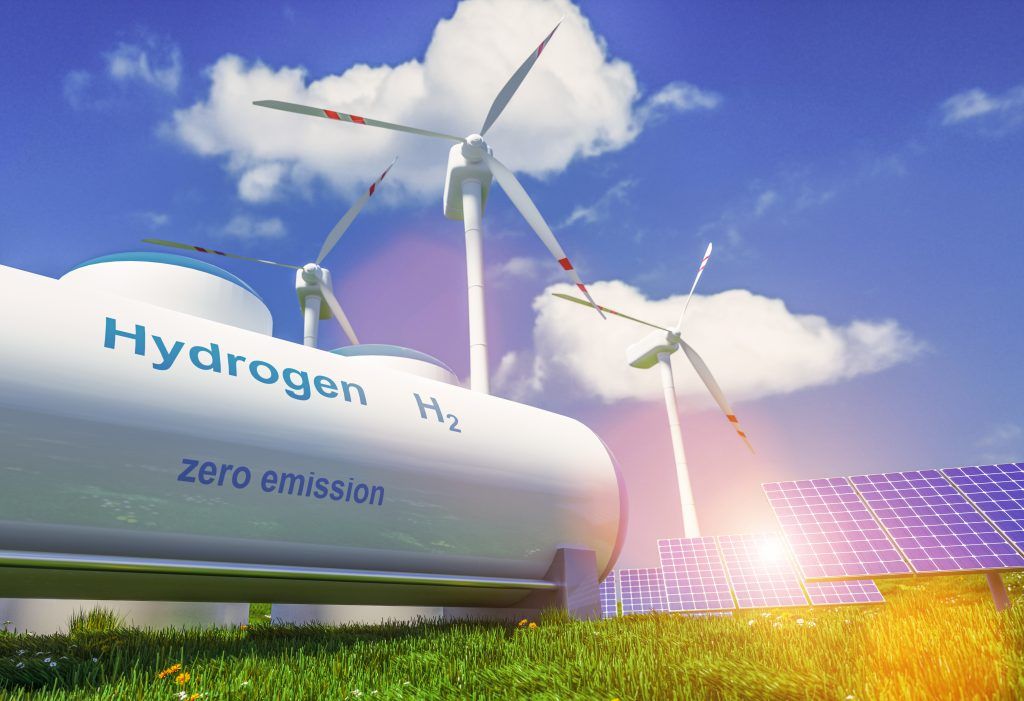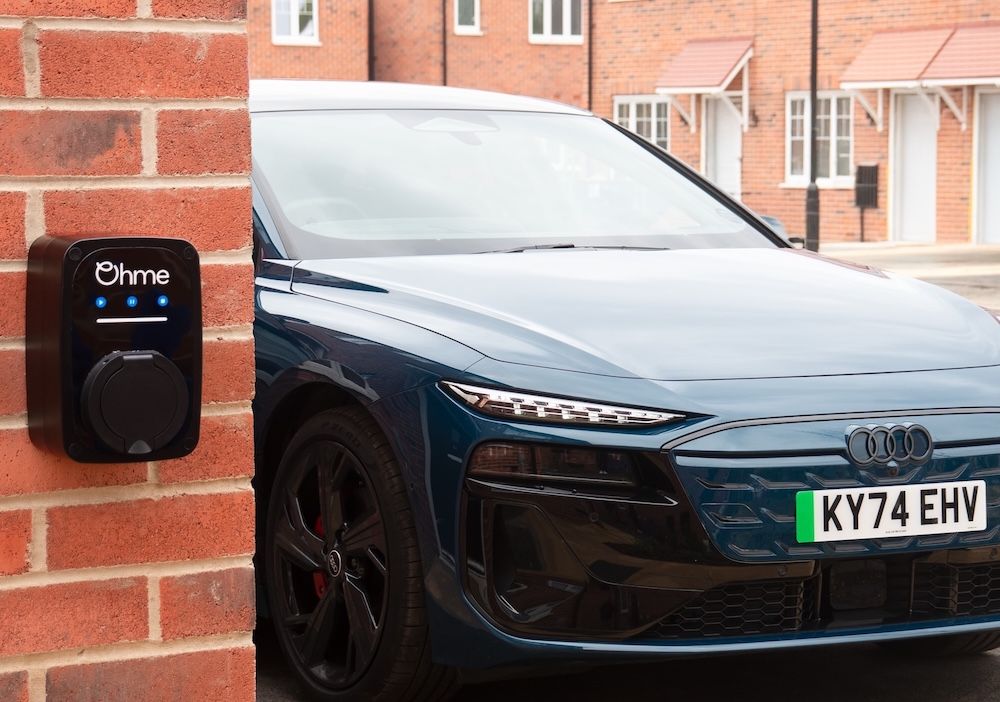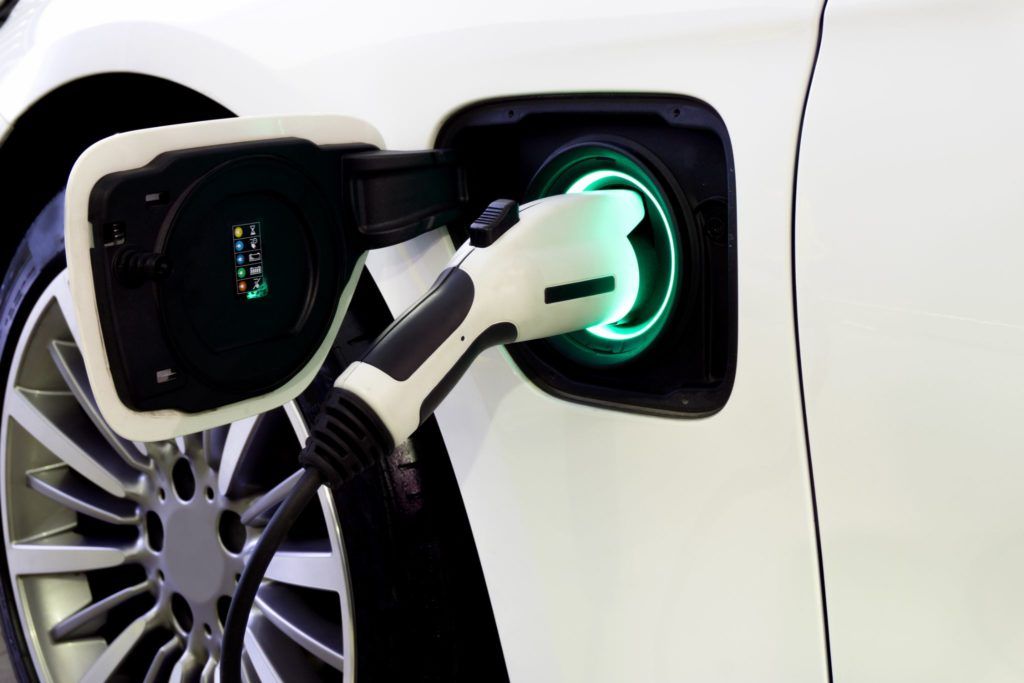The most comprehensive picture to date on how to create a hydrogen economy has been set out in a report for Milford Haven in Wales – the UK’s largest energy port.
The Milford Haven: Energy Kingdom – System Architecture report details the complex structures of policy, regulation, markets, technologies and interoperability, with other energy vectors such as natural gas and electricity, to enable hydrogen to form an integrated part of a smart local energy system.
For an industrial cluster that can handle 30% of total UK gas demand, is home to Europe’s largest gas power station powering 3.5 million homes and businesses, has ambitions to build 90MW of floating offshore wind, supports 5,000 jobs and injects £324m to the Pembrokeshire economy – Milford Haven has staked a claim to be at the forefront of the Net Zero transition.
Energy Systems Catapult has delivered this report for Milford Haven: Energy Kingdom, with support from over 40 organisations, as part of the Prospering from the Energy Revolution programme funded by InnovateUK.
The report explores future energy system architectures, that combine technology, the interconnectivity between them and data; with markets, trading platforms and policies; with business models and defined organisational governance.
The aim of these designs is to provide:
- the basis for a roadmap for the next phases of development and implementation
- confidence to innovators and investors in the future longevity of investments in hydrogen
- a common basis of understanding for all stakeholders wishing to contribute to the Milford Haven : Energy Kingdom.
Richard Halsey, Capabilities Director at Energy Systems Catapult and Member of the Government’s Hydrogen Advisory Council, said: “The Net Zero commitments set out by Government for the next decade, include amongst other things – the creation of four low carbon industrial clusters and two carbon capture clusters, 40GWs of offshore wind and phasing out the sale of fossil fuel cars.
“Making these commitments a reality requires a whole-system approach and the integration of different parts of the energy system including electricity, natural gas, liquid fuels, and hydrogen as important new energy vector.
“This work For Milford Haven in collaboration with Pembrokeshire County Council, Wales and West Utilities, ARUP and many others provides an important step in understanding the underlying structures required to make investment and drive innovation in hydrogen production, distribution and use an integrated part of smarter local energy systems targeting for Net Zero.”
Emma Harrison, Systems Integration business lead at Energy Systems Catapult, said: “Milford Haven is ideally placed to demonstrate the commercial viability, technical feasibility, scalability, replicability, and investability of a working energy economy incorporating all energy vectors.
“However, we’ve also set out a range of key enablers of Net Zero that cannot be driven locally, such as regulation of carbon pricing or emergent hydrogen monopolies, how to recover costs of network and infrastructure investment, or simply setting standards on the purity and quality of hydrogen.
“While these key enablers are required to ensure hydrogen is fully integrated into smart local energy systems, there are many immediate actions that industry and local authorities can do together to make progress.
“The approach we’ve demonstrated here, to consider the depth and breadth and the interplay between all entities, whilst managing the complexity, could be used as a template for other places aiming to create smart local energy systems.”
Steve Keating, Sustainable Development & Energy Manager, Pembrokeshire County Council, said: “I’m exceptionally pleased that Energy Systems Catapult have produced this first of a kind report that helps define future whole energy system architectures.
“The road map provided by this Catapult design work can give confidence to investors and innovators in the future longevity of investment in hydrogen, whilst also providing a common basis of understanding for all stakeholders wishing to contribute to MH:EK.
“The report is especially valuable as it gives a detailed insight into relevant technologies, the interconnectivity between them and data; with markets, trading platforms and policies; with business models and defined organisational governance.”
Key findings from the report
Smart Local Energy Systems (SLES’) are dominated by a huge number of complex inter-relationships, between:
- people and technology to business models to markets to regulations to policies
- local areas, regions and national systems
- vector to vector interfaces (between electricity, natural gas, hydrogen, water, liquid fuels)
- production and usage (supply and demand), including storage
- actor to actor in the value chain (people, organisations and businesses)
- capital investment and operational revenue.
That, although, Net Zero might be driven locally there are key enablers which are currently in the hands of central government and include:
- effective carbon pricing regulation
- production support initiatives to support asset construction
- regulating emergent monopolies as hydrogen producers emerge in small numbers
- an agreed approach to network and infrastructure cost recovery
- supplier obligations (if appropriate) to encourage uptake of low-carbon gases
- publication of standards, particularly on purity and quality so that innovators have confidence as to the operation of their equipment.
While these key enablers are required to ensure Hydrogen is fully integrated into smart local energy systems, there are many immediate actions that industry and local authorities can do together to make progress.
This report identifies a number of actions at varying levels (central government, future discussions, immediate actions and local decisions) which form the basis of required next steps.
Image: Shutterstock








